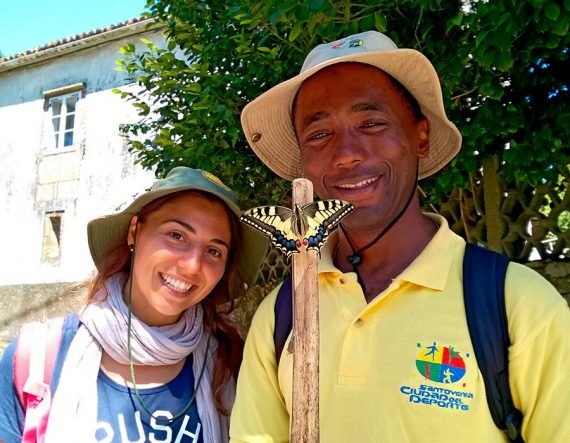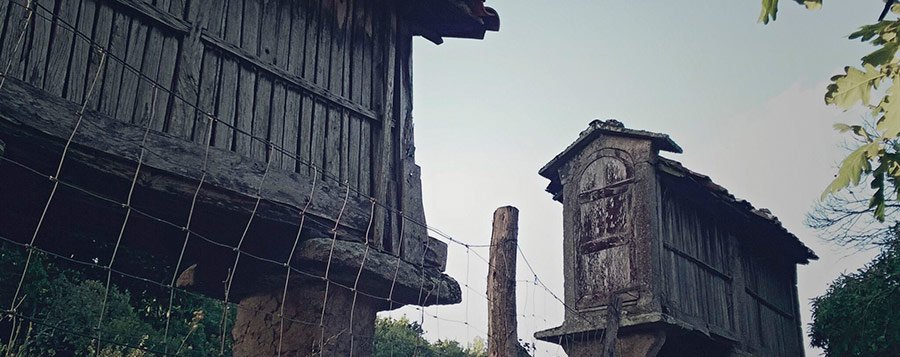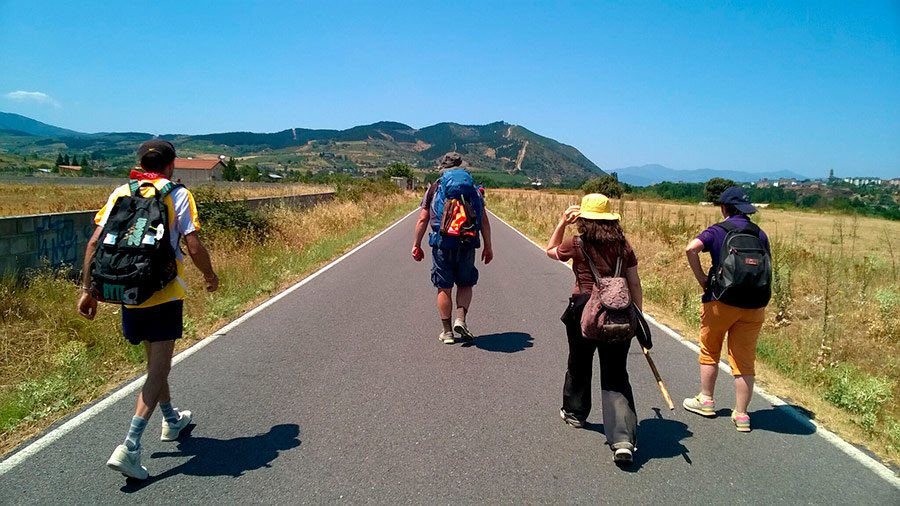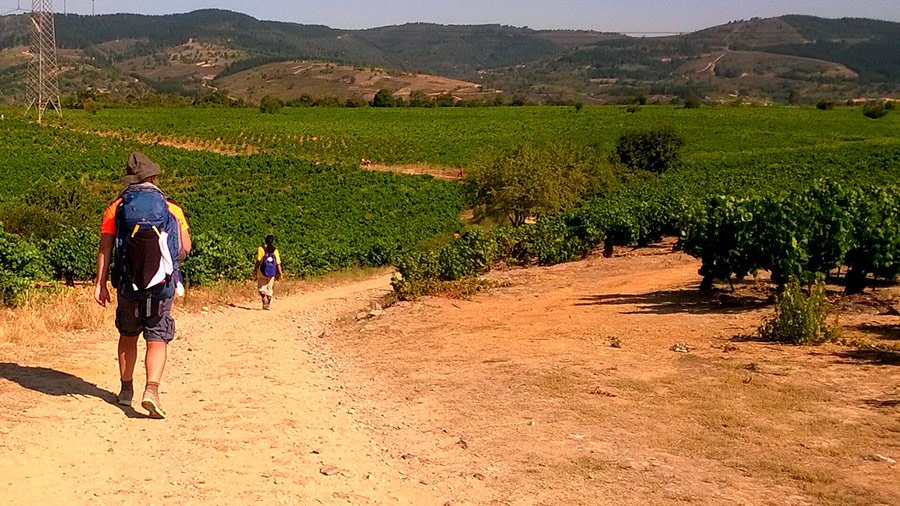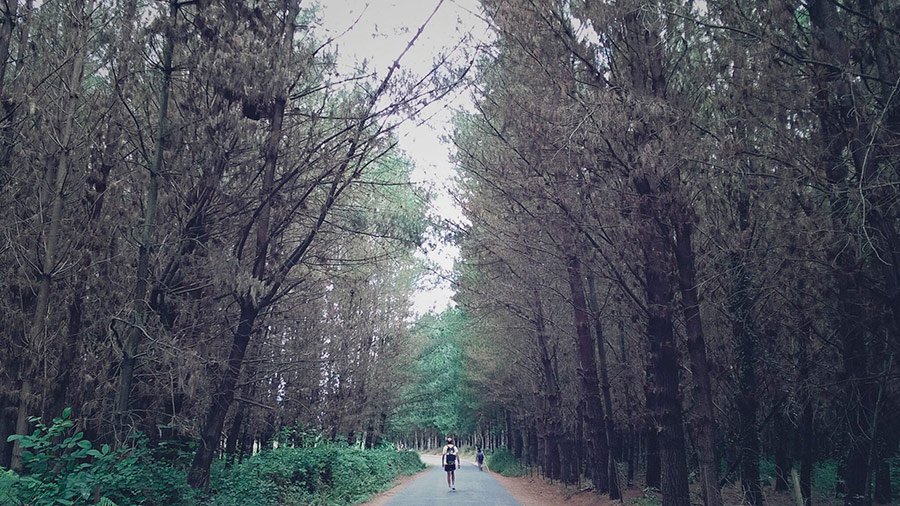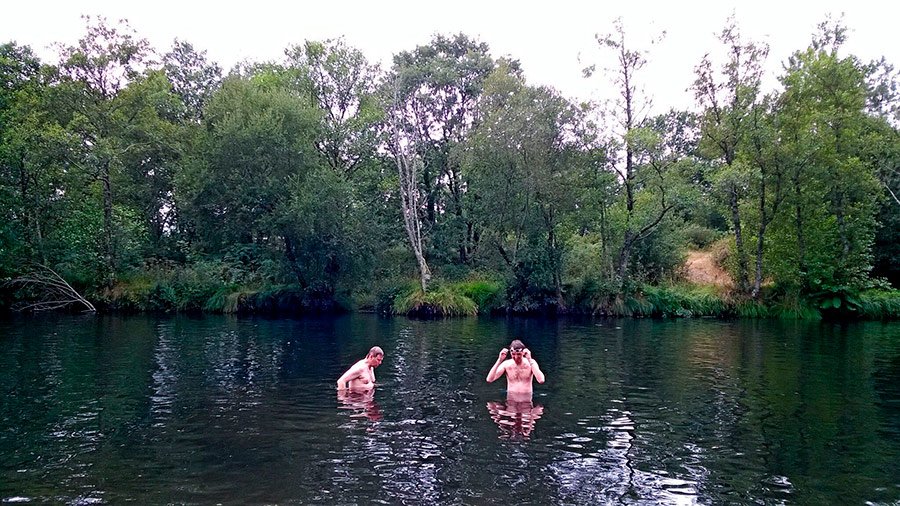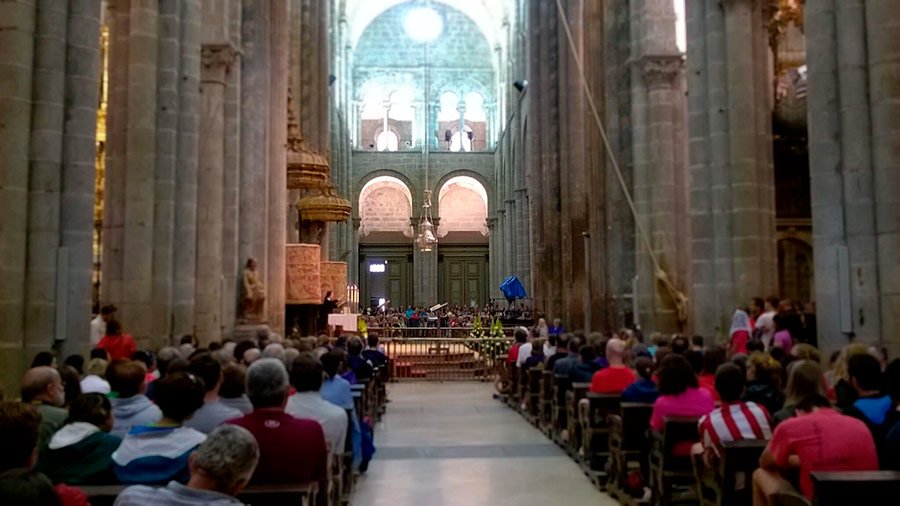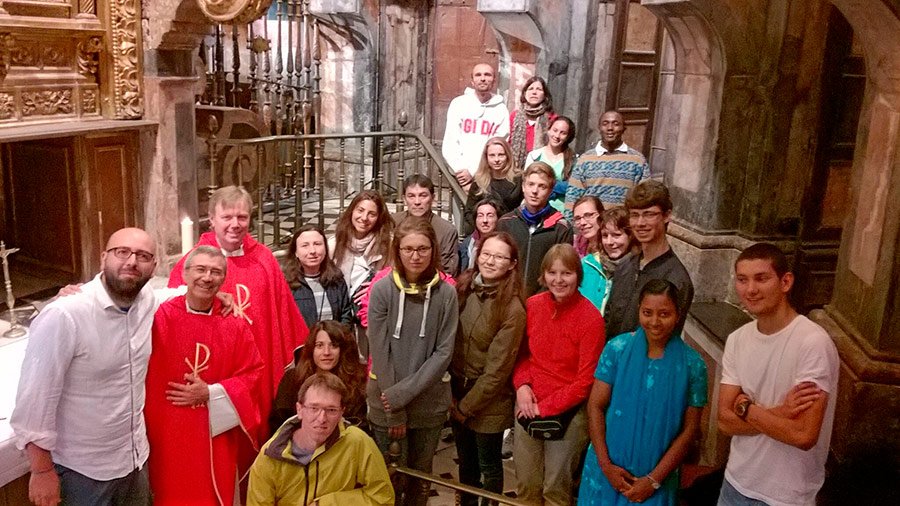The Idente Pilgrims
The Road to Santiago was personally promoted by Fernando Rielo and has been proposed yearly since 1988. Benefiting from this long tradition, the activity seeks to perfect young people’s relation to God, nature, and the society surrounding them. To this end, Idente Youth organizes a pilgrimage each year between Astorga and Santiago de Compostela open to young people from different countries, cultures, and beliefs.
The significance of the pilgrimage is joined to a sense of the inner path leading towards our true vocation as beloved children of our Heavenly Father. The pilgrimage then takes on the meaning of walking together towards a union with God which will allow us to grasp better the meaning of life’s pilgrimage.
Idente Youth Pilgrims organize the journey to Santiago de Compostela in order to revitalize the cultural and spiritual content surrounding the Road in Europe, recovering what is most authentic and enduring in the pilgrim tradition.

 English
English  Español
Español 

